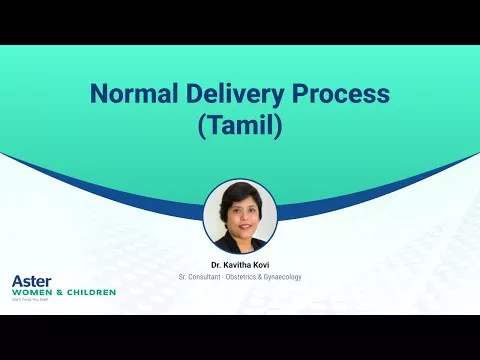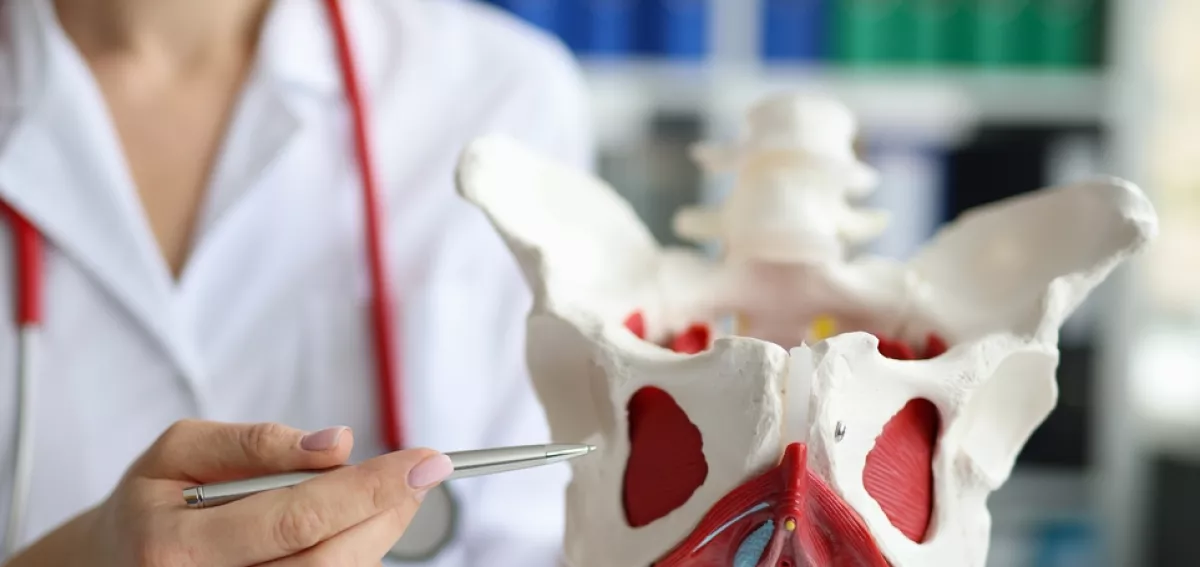A woman has to go through routine checkups and regular monitoring by a trained gynecologist during the nine months gestation period of her pregnancy. This also involves serial fetal scans which also includes anomaly scan for a certain duration of months. These fetal scans are also called sonography or ultrasound in layman's terms.
What is an ultrasound scan?
An ultrasound scan is a diagnostic test that uses sound waves to create an image of the fetus. During this scan a gel is applied over the abdominal region and a transducer is placed against the skin. This transducer produces sound waves that reach the fetus in the womb and create echoes. These echoes are then converted into images by computer and are observed and studied by the doctor on the monitor.
Why are ultrasound scans done during pregnancy?
Serial ultrasound scans are done during pregnancy as it helps the doctor by providing important information about the fetus during the period of gestation such as
- Pregnancy is viable and is progressing well
- Presence of multiple pregnancies if it is
- Presence of fetal heartbeat
- Growth and size of baby
- To find the due date
- Any abnormalities
Ultrasound scans done during pregnancy
There are three basic scans done to check the wellness of the baby during the period of pregnancy which are
- very first scan: between six and eight weeks
- first trimester NT scan: between 11 weeks and 13 weeks and four days (to screen for Chromosomal problems)
- Second-trimester anomaly scan: between 19 and 22 weeks
- Serial ultrasound in the later part to monitor growth and development
What is an Anomaly scan?
Anamoly scan or Targeted Imaging for Fetal Scan (TIFA) is done between 19 to 22 weeks to screen for chromosomal problems. These are the ultrasound scans done under the Anomaly screening program.
The Anomaly scan also called an Anatomy scan, second-trimester scan , level II TIFA ultrasound, or 20 weeks ultrasound is carried out between 19 to 22 weeks.
This scan allows the doctor to observe and check the wellness of those fetal organs which weren't grown enough, in the previous months, to the size and shape that allows their evaluation.
In a nutshell, the second anomaly scan is a scan of anatomical and morphological features like the shape and size of the body and the organs of the baby. In a way, it checks structural birth defects in the baby if any.
Is anomaly scan safe?
There is no known risk to the baby by Anomaly scan as it uses sound waves and no harmful radiations for the test.
Foetal echocardiography/ Foetal echo
Fetal echocardiography is done under special circumstances. This fetal 2D echo is done only if there is any suspicion to the doctor especially about the functioning of the baby’s, heart in the previous anomaly scan. Thus we can say that a fetal echocardiography is a targeted anomaly scan that is focused on evaluating fetal heart.
In fetal echo, the anatomy and functional aspects of the heart of the baby are studied in detail.
The fetal echocardiography provides a more detailed image of the heart of the baby than an anomaly scan.
A fetal echo allows a cardiologist to look for any major problem in the development of the baby's heart walls and valves, the blood vessels i.e., arteries and veins, and the pumping strength of the heart.
Other conditions in which a doctor might suggest a fetal echo are:
- Maternal antoantibodies
- There is a family history of heart disease
- The previous child was born with a heart defect
- The mother was under certain medication before the pregnancy
- The mother is having rubella, Maternal Diabetes, lupus, or phenylketonuria
How is a foetal echo performed?
Highly qualified fetal medicine doctors perform fetal Echocardiography. A Fetal echo is also an ultrasound scan that uses sound waves like an anomaly scan. It uses a probe that sends sound waves to the heart and the echo from the heart is obtained as images on the computer.
Standard Cardiac Evaluation is performed with routine anomaly scan by using fetal cardiac imaging. This should be always performed by highest transducer frequency to maximize the resolution of image and at the highest possible frame rate, due to the rapid movement of heart, which normally beats to 110 to 160 beats per minute. The standard four chamber view can be obtained with more precision this way.
Risks with echocardiography
There are no identified risks with the fetal echo as it also uses ultrasound technology like anomaly scan where no radiations are used.



































